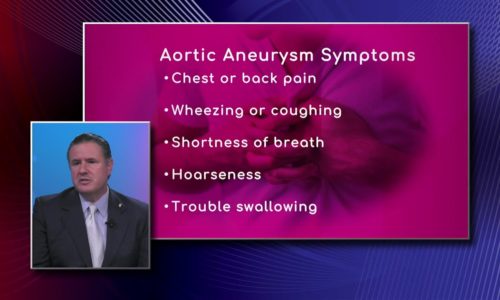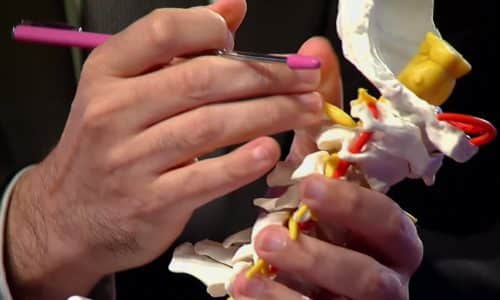What is Macular Degeneration? |

The retina is the light-sensitive layer of tissue that lines the inside of the eye and sends visual messages through the optic nerve to the brain. The macula is a portion of the retina which provides the detailed, central vision needed for activities such as reading and driving. Macular degeneration is the breakdown of this small, but highly important, area of the retina. The most common cause for this is aging, thus the name, age-related macular degeneration (AMD). AMD is estimated to affect approximately 2 million Americans with most cases occurring over the age of 70.
Two types of AMD are recognized, dry and wet. Dry AMD (also known as non-neovascular) constitutes around 85% of the cases. It is characterized by yellow deposits in the retina called drusen. Dry AMD usually progresses slowly as the light-sensitive cells in the macula break down. Wet, or vascular AMD, is a more severe form of the disease that starts off as dry AMD. The name “wet” comes from the fluid that leaks from abnormal blood vessels growing beneath the macula. The leakage of blood and fluid beneath the macula can cause rapid and permanent loss of vision.
What are the symptoms of AMD? The predominant symptoms of AMD are somewhat different depending on whether it is wet or dry. Initially, with dry AMD, words on a page may appear blurry. As it progresses, dry AMD causes loss of central vision in the affected eye. Dry AMD generally affects both eyes, but the rate of progression may vary between eyes. In wet AMD, an early symptom is that straight lines appear wavy. This can progress fairly quickly to the development of dark gray spots or blank spots in the visual field.
Who is at risk for developing AMD? Most AMD develops in those over the age of 60 with up to 30% of people over the age of 75 having some degree of AMD. Due to their longer life expectancy, women are more likely to develop this disease. Other risk factors include smoking, obesity, high blood pressure, elevated cholesterol, and a family history of AMD.
How is AMD diagnosed? An evaluation by an Ophthalmologist is warranted should visual symptoms (blurry words, central blind spot, etc.) suggestive of AMD occur. A dilated eye exam may demonstrate drusen or abnormalities of the macula. If wet AMD is suspected, a fluorescein angiogram is usually performed. In this test, a special dye is injected into the arm and pictures are taken of the retina as the dye passes through its blood vessels. A second scanning procedure known as optical coherence tomography may also be used to make high-resolution images of the retina to look for abnormal blood vessels.
Is there a treatment for AMD? AMD cannot be cured, but there are measures that can help preserve vision. For wet AMD, laser surgery, photodynamic therapy, and injections into the eye (anti-VEGF therapy) may be used to destroy the leaky blood vessels growing beneath the macula. No specific treatment is recommended for early stage, dry AMD, although regular examinations are necessary to monitor for progression to intermediate dry AMD or to wet AMD. It is recommended that someone with early AMD use a tool known as the Amsler grid to monitor for progression of AMD. When looking at the center dot on the Amsler grid, the normally straight lines may appear wavy with worsening of the disease. For those with intermediate or advanced AMD, the National Eye Institute’s Age-Related Eye Disease Study (AREDS) found that taking a specific high-dose formulation of antioxidants (vitamin C, vitamin E, beta-carotene) and zinc significantly slowed further progression of AMD and its associated vision loss.
Can AMD be prevented? AMD cannot be prevented but certain life-style measures that may help to lower the risk of developing the disease. These include eating a healthy diet, not smoking, maintaining normal blood pressure and keeping one’s weight at an ideal level. There is also some evidence that avoidance of excessive exposure to sunlight by wearing a hat or sunglasses may help to reduce the risk of developing AMD.
Sources for article:
Facts About Age-Related Macular Degeneration from the National Eye Institute
Age Related Macular Degeneration from the American Academy of Ophthalmology
If you have any more questions just Ask Hanna, our health advisors are here to help.
Image: ©Shutterstock / Image Point Fr








